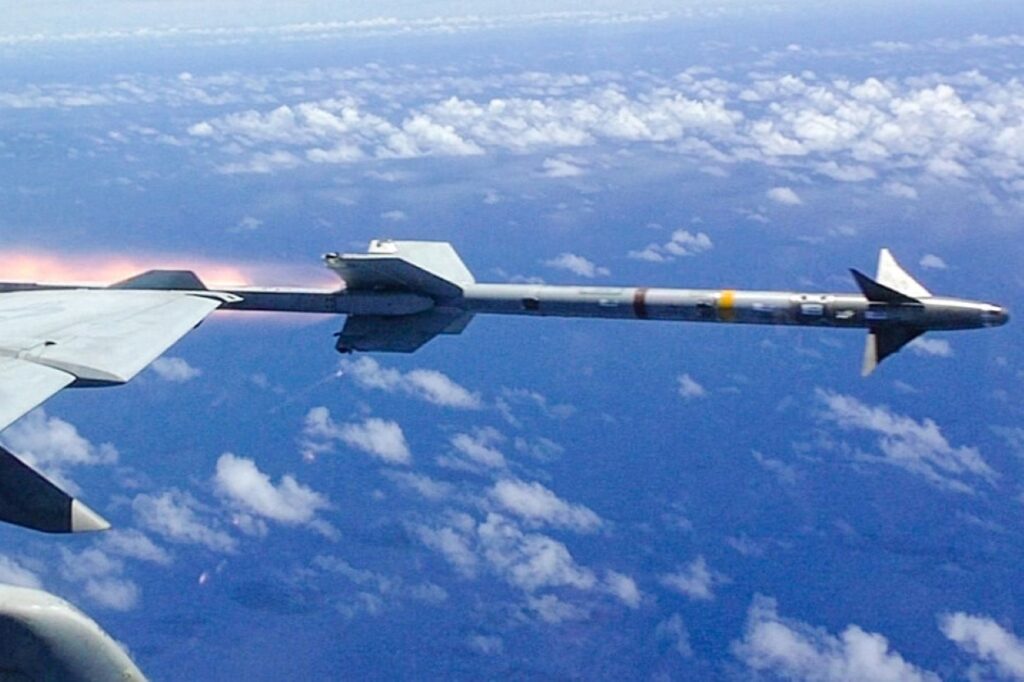The US military has confirmed it will soon deliver a new air defense system that includes AIM-9M Sidewinder supersonic missiles to Ukraine.
The AIM-9 Sidewinder is a heat-seeking air-to-air missile primarily used by fighter aircraft. Its main function is to target aircraft engine exhaust systems using an infrared guidance system. Various versions of the Sidewinder have been produced over the years, each with enhancements made to guidance systems, propulsion, and overall performance.
The Sidewinder missile, specifically the AIM-9A prototype, was initially developed by the US Navy for fleet air defense and first fired successfully in September 1953. It was introduced into the US Air Force’s inventory in 1956 with the production version, AIM-9B, after recognizing the missile’s potential and effectiveness.

Overall, Ukraine will receive $200 million in security assistance from the US Department of Defense. This package includes AIM-9 munitions for a new air defense system, artillery and rocket ammunition, anti-tank weapons, and counter-drone equipment.
According to the the War Zone, the presence of AIM-9M Sidewinder missiles in this package, accompanied by equipment not typically associated with air-to-air combat, suggests a possible ground-based air defense application.
The exact nature and configuration of the new air defense system, particularly how a traditionally air-to-air missile like the Sidewinder will be repurposed for a ground-based air defense role is yet to be fully disclosed.
However, the War Zone noted that “the idea of a ground-based Sidewinder air defense system is not new”.
The US Army has previously deployed a similar system known as the Chaparral. The Chaparral air defense system, which was operational from the 1960s to the 1990s, used an AIM-9D variant of the Sidewinder missile, and later versions used the AIM-9J.
This system was designed to defend against fixed-wing and helicopter aircraft at low altitudes. The Chaparral was mounted on a tracked vehicle that could move around the battlefield. During its service life, the Chaparral was exported to several countries, such as Egypt, Morocco, Taiwan, and Spain.

